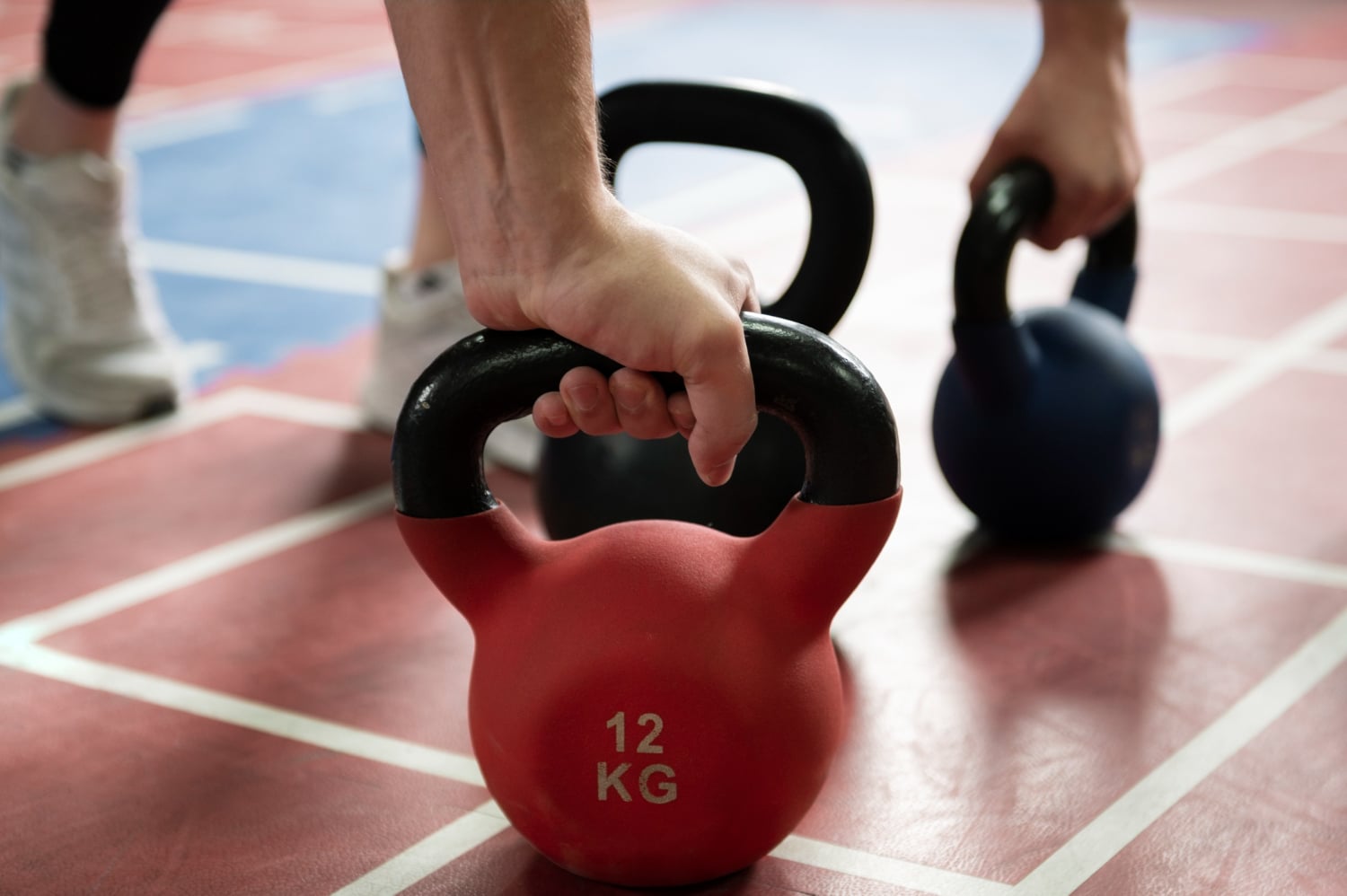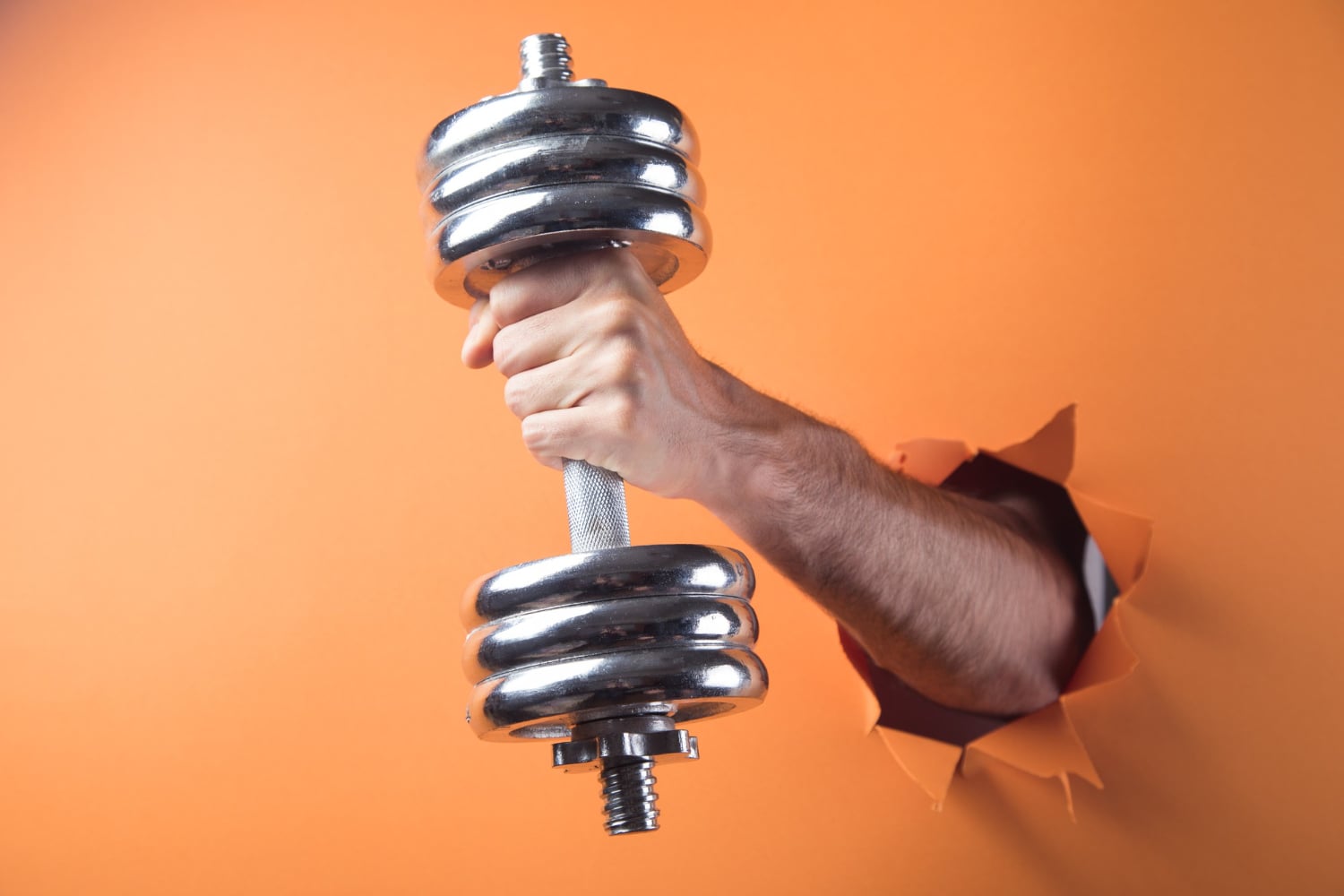Studying the Effectiveness of Training to Failure: A Dive into Athletic Performance


For years, the concept of "training to failure" has been a topic of debate and interest among athletes, coaches, and sports scientists.
Rooted in the idea that pushing oneself to the absolute limit during workouts can yield maximum gains, this method has both its proponents and its detractors.
How effective is it, truly, when contextualized in the world of elite sports?
We delve into scientific perspectives and the data on the matter.
What is Training to Failure?

Training to failure can be described as continuing a particular exercise to the point where the individual cannot perform another repetition without compromising form.
The premise behind this is that it thoroughly exhausts the targeted muscle group, potentially leading to greater strength and hypertrophy gains.
Athletic Context

For athletes, training is more than just building muscles.
It's about enhancing performance, increasing endurance, and reducing the risk of injury.
Some athletes believe that by training to failure, they are pushing their limits and setting a new baseline for their performance.
On the other hand, critics argue that it increases the risk of injury and may not be sustainable in the long term.
Scientific Insights

Dr. Brad Schoenfeld, a renowned fitness researcher, has stated, "While training to failure does seem to induce greater activation of the muscle fibers, it's not clear that this always translates to greater muscle growth over time."
Schoenfeld's research suggests that while training to failure can be effective, it might not be necessary for optimal hypertrophy.
A study published in the Journal of Strength and Conditioning Research compared the muscle and strength gains of two groups: one that trained to failure and one that did not.
The results revealed that both groups made significant and nearly identical gains, suggesting that training to failure may not offer added benefits in terms of muscle growth or strength.
Potential Risks

One of the significant criticisms of training to failure, especially among athletes, is the potential for injury.
When pushing muscles to their absolute limit, there's a heightened risk of strains, tears, and other injuries.
Additionally, training to failure can lead to increased fatigue, reducing an athlete's capacity to maintain proper form and potentially setting the stage for overuse injuries.
Sports scientist Dr. James Krieger notes, "While short-term benefits might be observed, the increased fatigue and potential for overtraining from consistently training to failure can hinder long-term progress for athletes."
Balanced Approach

Like many things in sports science, moderation appears to be key.
For athletes, it might be beneficial to incorporate sessions where they train to failure, but these should be strategically placed and not the mainstay of their regimen.
Fitness coach and researcher Greg Nuckols comments, "Training to failure can have its place in a periodized program, especially during certain phases of training. However, it should be used judiciously and balanced with adequate recovery."
Conclusion

Training to failure is a powerful tool in the athlete's arsenal, but like any tool, its effectiveness largely depends on how and when it's used.
Scientific research, while acknowledging the potential benefits, also points to the importance of a balanced and strategic approach.
As with many aspects of training, individualization based on an athlete's specific needs and goals remains paramount.

